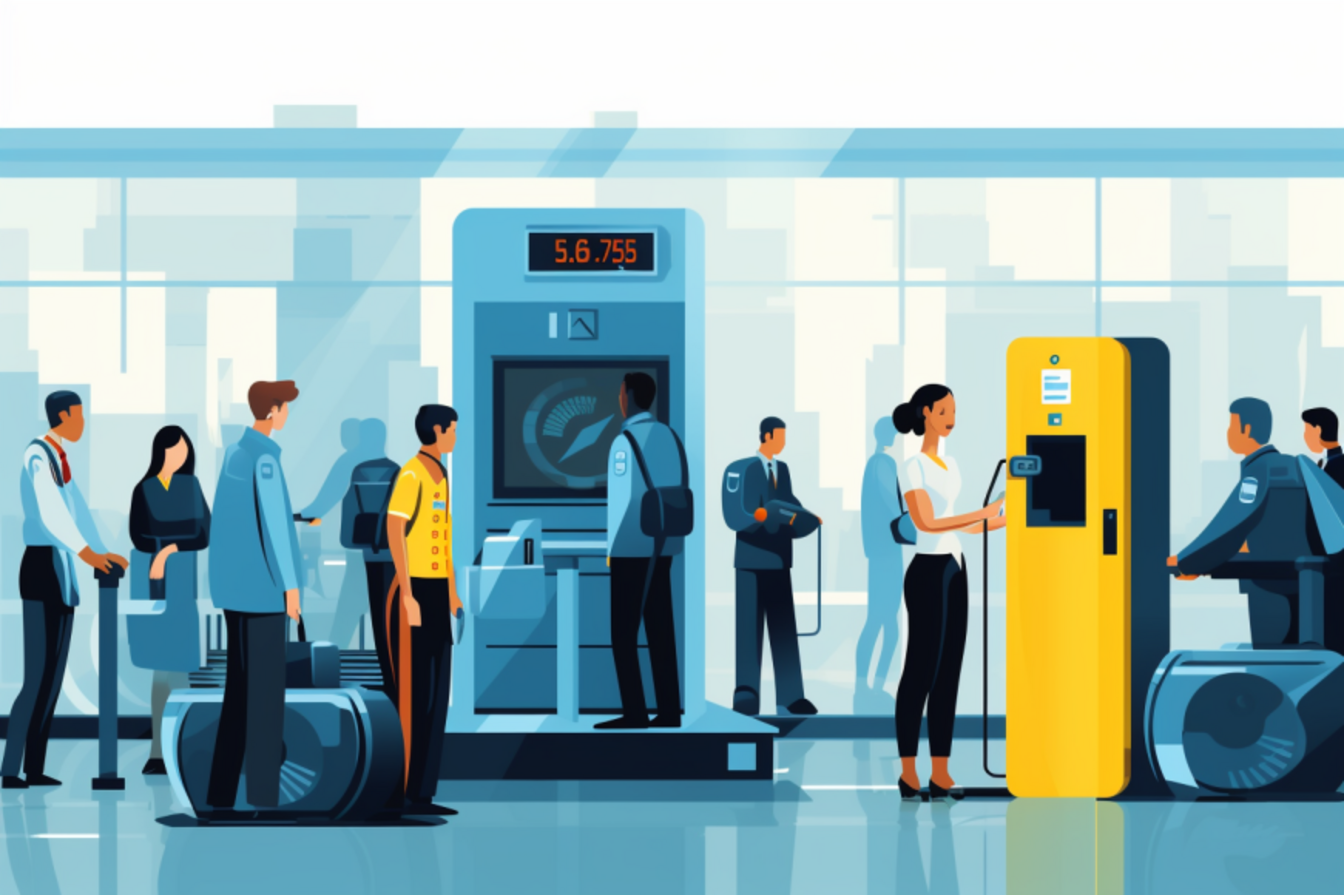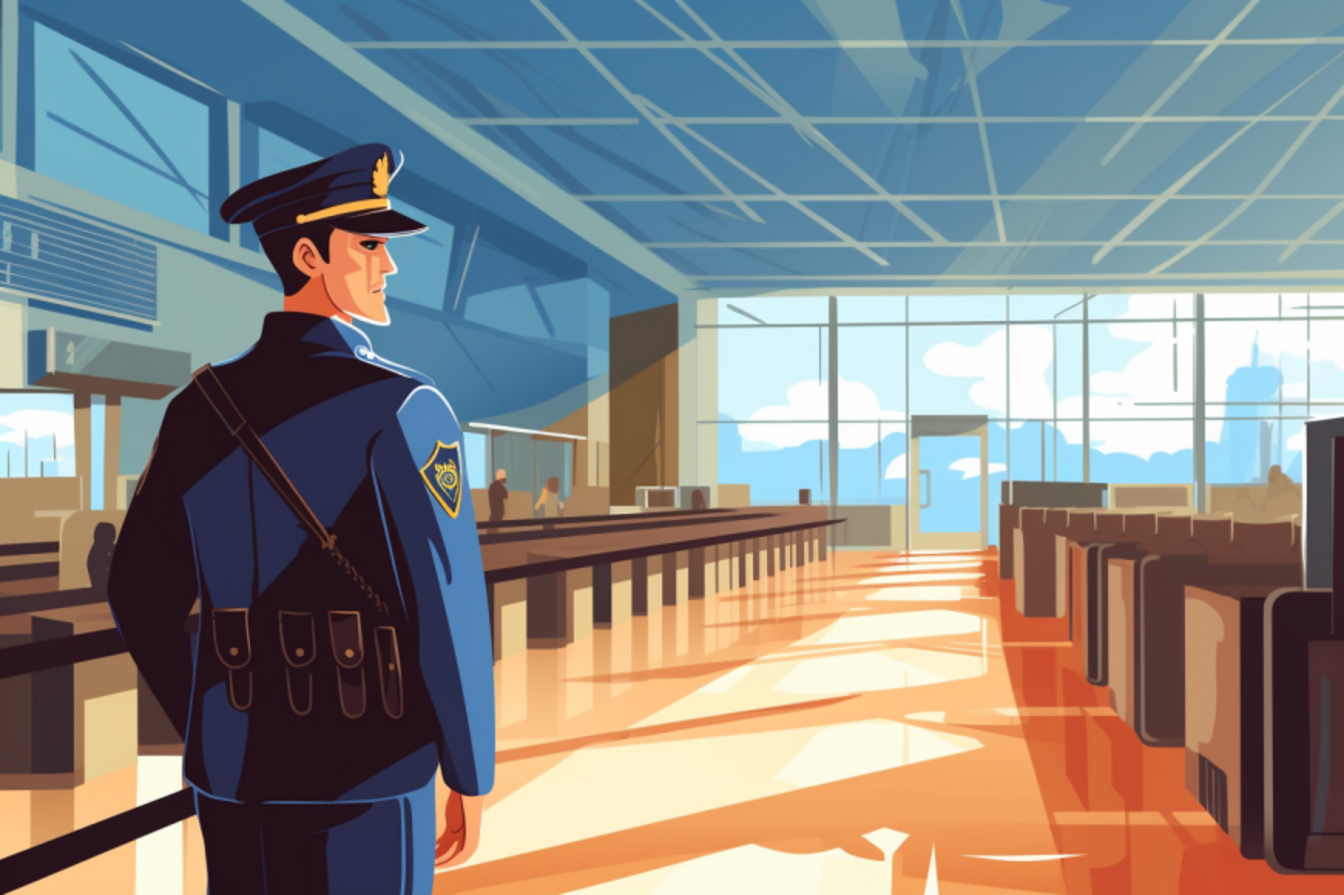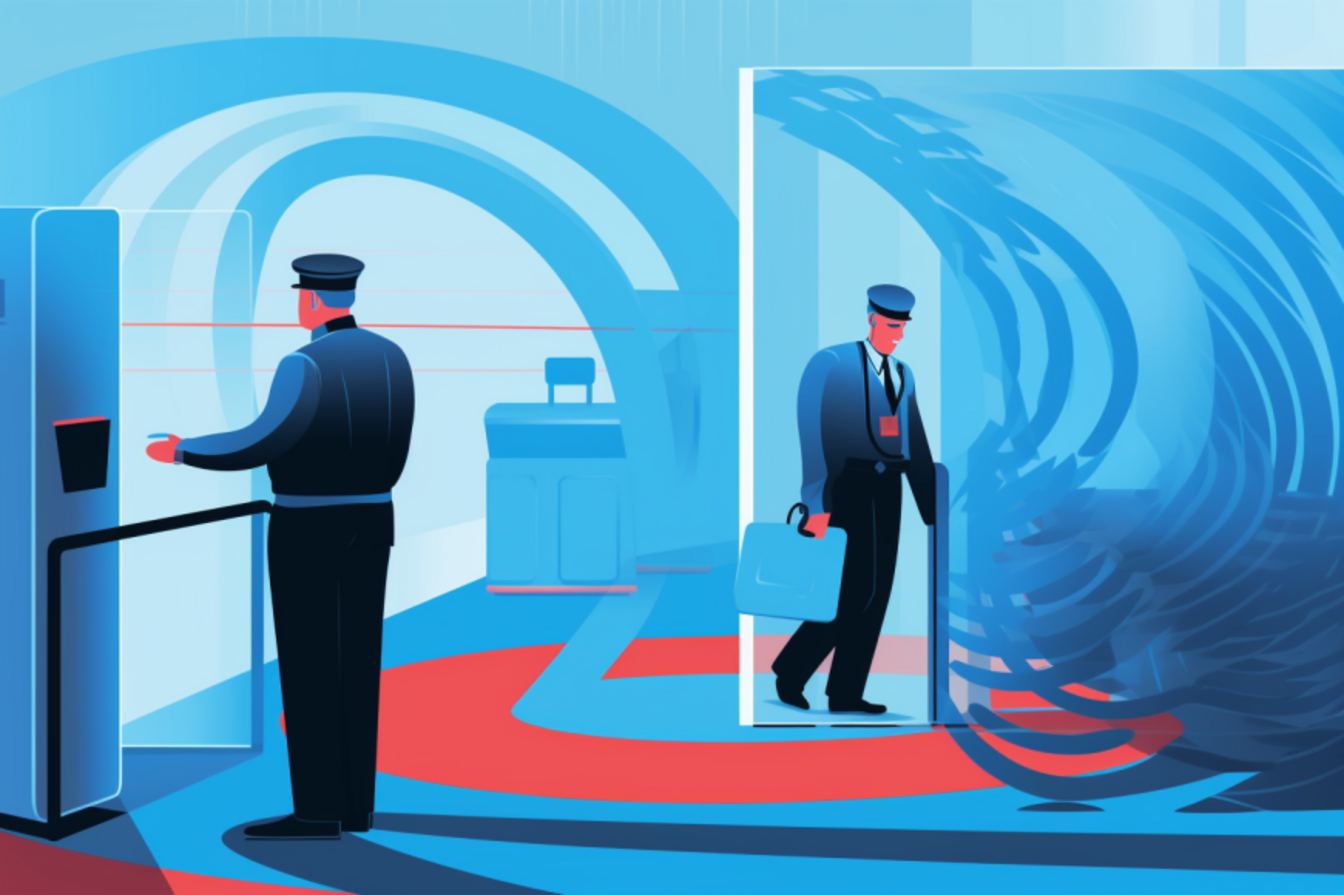If you look enviously at the TSA Pre-Check line whenever you’re at the airport — where pre-cleared air travelers breeze through the checkpoint without having to be scanned, remove their shoes or face a humiliating “enhanced” pat-down — then join the club.
If you ask yourself: “What sets them apart from me?” and the answer is, “Nothing, really,” then you’re well on your way to answering a question that has haunted aviation security professionals since 2009.
Is there a better way to screen air travelers than scanning them?
Some say there isn’t. They’ll insist that shooting X-rays or microwaves at your body is the only way to be absolutely sure you’re not packing a gun or carrying explosives. But many of these “experts” have ulterior motives. They happen to also work for the manufacturers of X-ray and millimeter wave technology.
Of course they want more machines. Their livelihoods depend on it.
But a hard look at the facts says otherwise. The scanners haven’t foiled a single terrorist attack. In fact, their vulnerabilities are so well-known to the bad guys. They would probably prefer a scan over a pat-down on their way to their terrorist mission. They assume they can’t secure Pre-Check clearances. The machines have an obvious, and unfortunate, blind spot.
Gold standards?
A few weeks ago, TSA Administrator John Pistole proclaimed that American aviation security was the gold standard. This didn’t sit well with the Israelis. They have long considered themselves to be the standard-bearer when it comes to aviation security. But the administrator can be forgiven for engaging in a little hyperbole. After all, he needs to raise employee morale at his $8 billion-a-year agency. It isn’t exactly known for its happy workforce.
But a look at the real gold standard in aviation security — yep, that would be Israel — suggests full-body scanners may be worthless. Israel doesn’t use them at all. A manager told Canadian officials in 2010 that the scanners were easily fooled. It is is why Israel didn’t rely on them. Although some scanners have been tested in Israel since then, security officials continue to refuse to use the machines as a primary method of screening.
A look at what the real experts are doing seems to suggest that the answer to the question, “Is there a better way?” is: absolutely.
A different scanner
One solution is to switch scanners. For the last few weeks, the folks who are developing a new kind of technology have been sending me information about their product. Iscon’s Thermo-Conductive Mini-Portal Scanner promises a way to screen passengers without using radiation or creating a revealing image.
Instead of firing X-rays at passengers, this infrared body scanner detects hidden objects without penetrating clothing or making physical contact, according to the manufacturer. It recently completed tests at Bristol Airport in the U.K., where it “performed well,” according to the company.
Certainly, the thought of waving an infrared scanner in front of passengers instead of bombarding them with radiation is enough for the TSA’s critics to sit up and take notice. But the best scanner, they contend, is no scanner. (Here’s how to handle the TSA when you travel.)
Time to remove the scanners?
The TSA is furiously backpedaling from its “one size fits all” solution to aviation security. It started by giving dignitaries and certain members of law enforcement a pass on the full-body scanners. Then came active-duty military and crewmembers. Next, it was elite-level frequent fliers and people who had undergone a background check. Now it’s testing a managed inclusion program that would open the scannerless Pre-Check lines to anyone who has been cleared by a bomb-sniffing dog.
If those tests are successful, then I wonder — who’s left?
We’re just a few short years, and perhaps months, away from admitting that the scanners and the punitive pat-downs that air travelers receive when they refuse to submit to a potentially dangerous scan, do not work.
Let’s get a move on.




